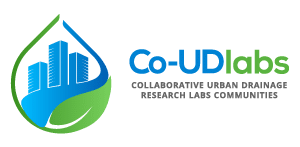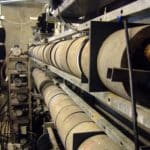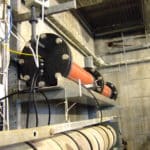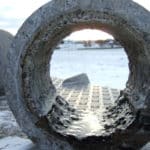
Location
University of Aalborg
Aalborg | Denmark
Fields of expertise
Performance of urban assets
Assets deterioration
Digital water solution
Modality of Access
Partially remote
Access offered for each project
20 days
Number of Projects
1 (first call)
Expected composition of the visiting user-group
2 researchers during different stages of the project (configuration or deployment of equipment at the beginning of the project, during the experiment or at the end to uninstall or dissemble)
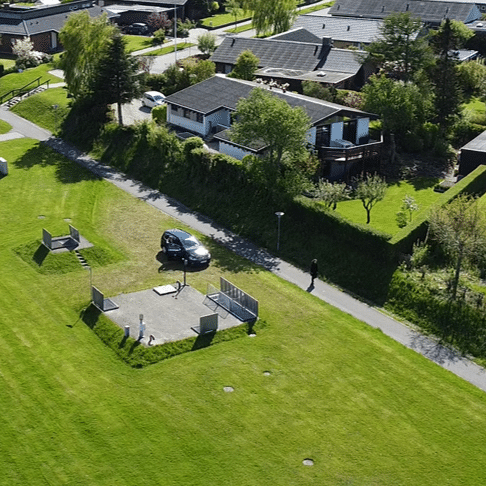
Description
The Frejlev research station was established in 1996 and is a sewer research and monitoring station. The facility receives combined and separated sewage water from the sub-urban city Frejlev. The city has around 2800 inhabitants and consists primarily of residential areas. Frejlev is located approximately 7 km west of Aalborg.
The single most unique feature of this facility is that it provides access to a continuous flow of sewage water. Its location fairly upstream in the urban drainage system ensures a uniform and constant quality and composition of the sewage water, at a state where it is transported in the system.
The facility is underground and offers large flexibility for any research activity that requires in-line access to raw sewage water, as the volume for experimental activity is approximately (10 m x 10 m x 3 m).
The facility is equipped with sensor and data acquisition required for the most common sewer process measurements such as pH, dissolved oxygen, conductivity, sulphide gas (H2S) and automated water samplers. Pumps, electromagnetic valves and PLC’s are also available for controlling flow conditions. Finally, the research station is equipped with gas installations that currently are being used for the injection of hydrogen, H2S and carbon dioxide (CO2) into a setup for studying corroding sewer pipes.
Service provision
The facility has successfully been used during last years in collaborative projects with national and international companies for testing iron addition to controlling sulphide in wastewater, biofilters, silica-based coating of concrete, or studying de-ammonification respectively.
The flexibility showed by the facility, in which different configurations can be disposed to analyse sewers or other elements such as filters or sensors, and the expertise conducting these experiments by the local research team presented the facility as optimal to a wide range of studies. For example, testing corrosion-resistant concretes, optimizing chemical addition for mitigation of sewer odour and corrosion, or testing of sulphide sensors for wastewater applications.
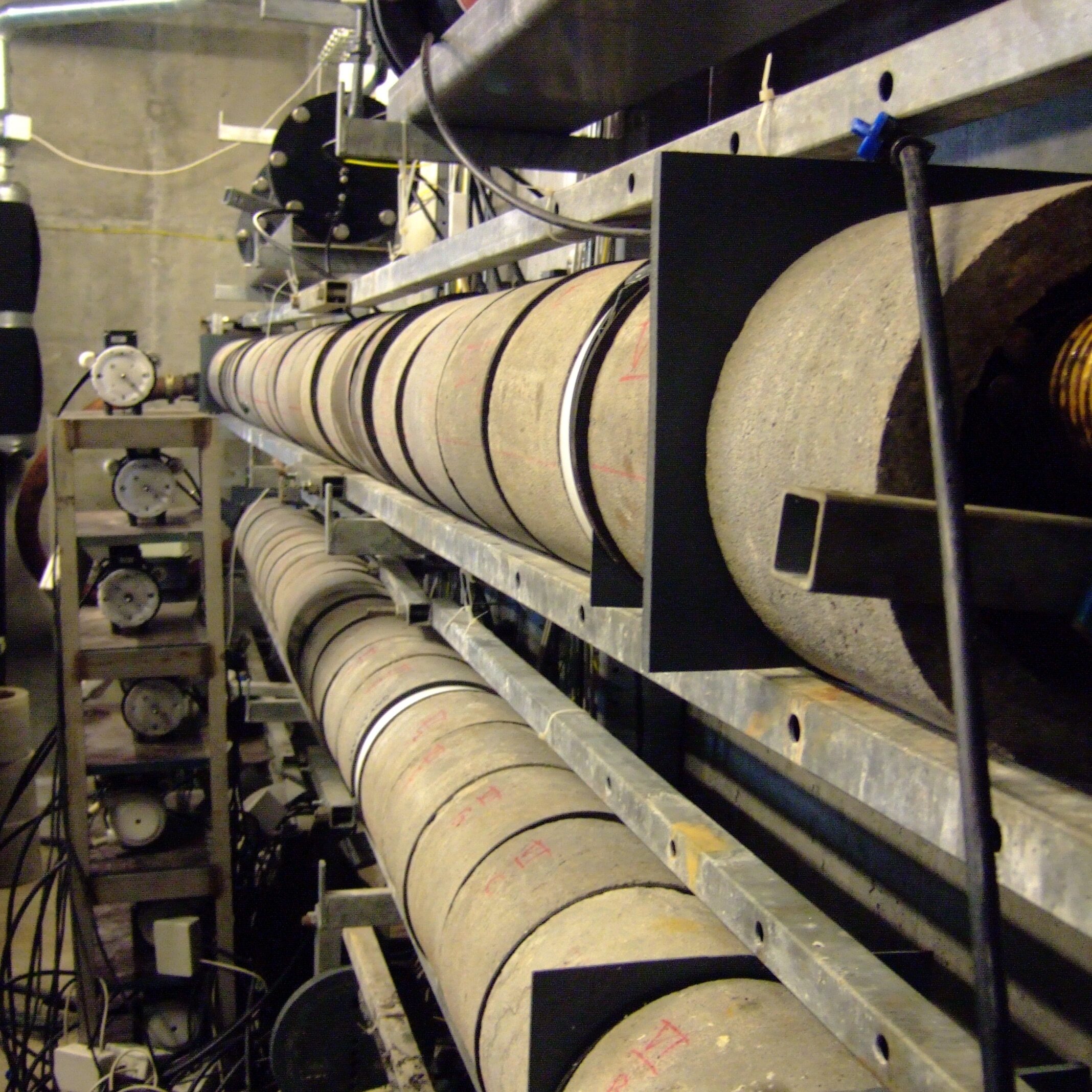
Instrumentation available and specific services provided
The facility is equipped with sensor and data acquisition required for the most common sewer process measurements:
- pH
- Dissolved oxygen
- Conductivity
- H2S
- Automated water samplers
- Pumps, electromagnetic valves, PLC’s
- Remote access
In addition, the research station is equipped with gas installations for injection of hydrogen sulfide gas (H2S) and carbon dioxide (CO2).
Typically, the experimental setup is designed and build for a specific purpose at the facility.
